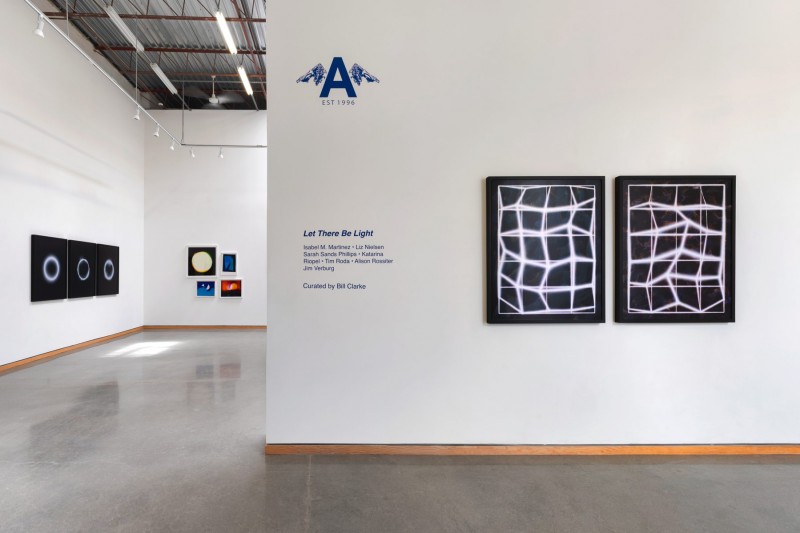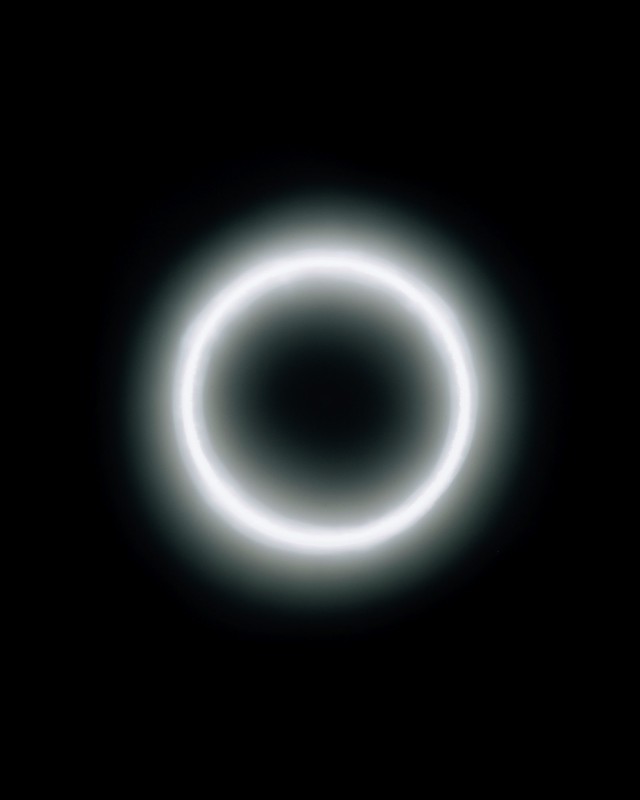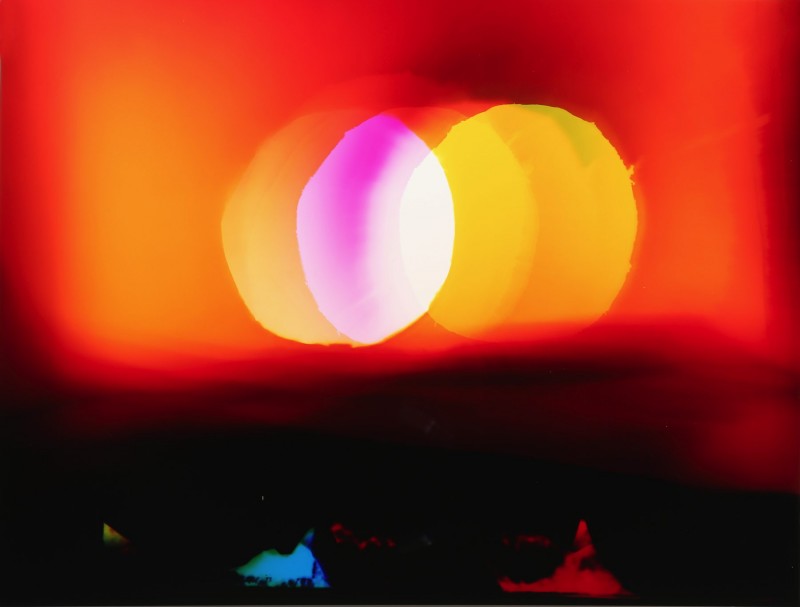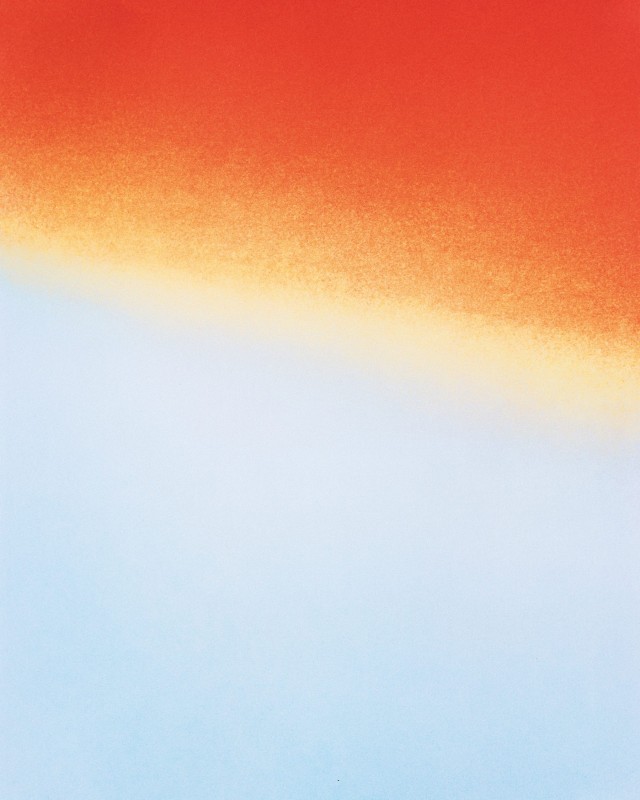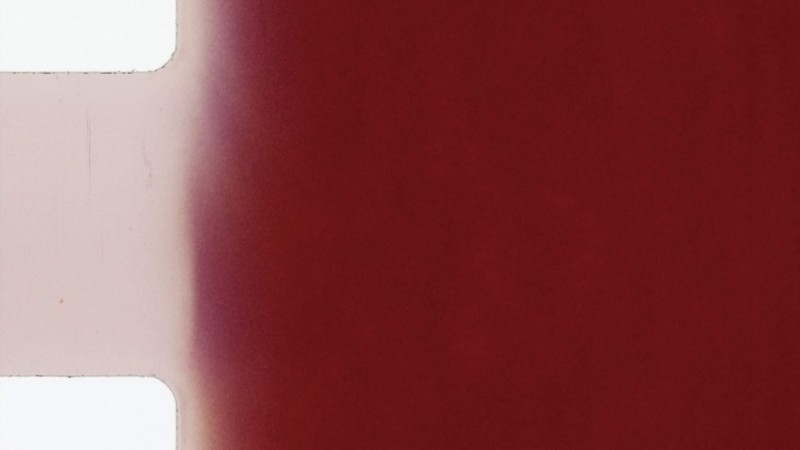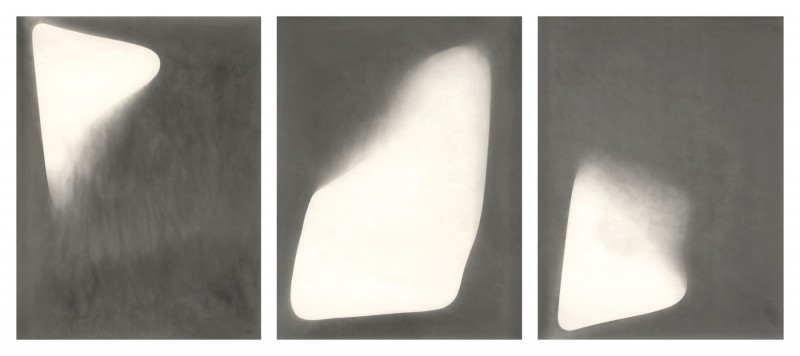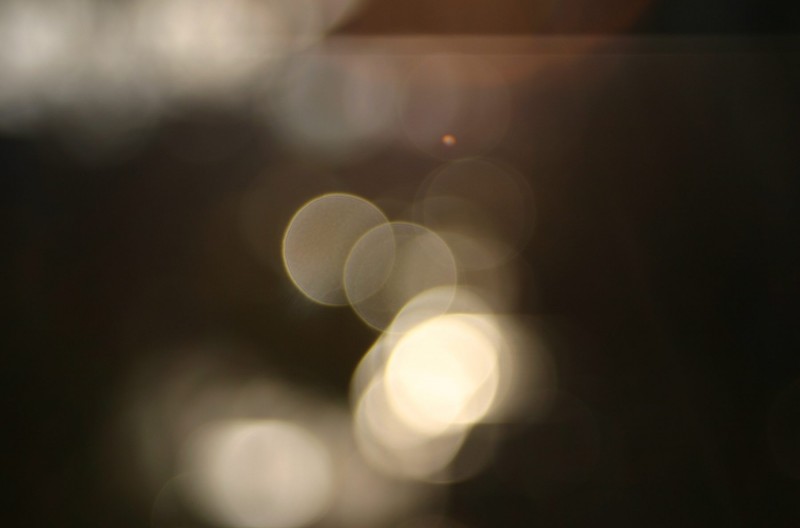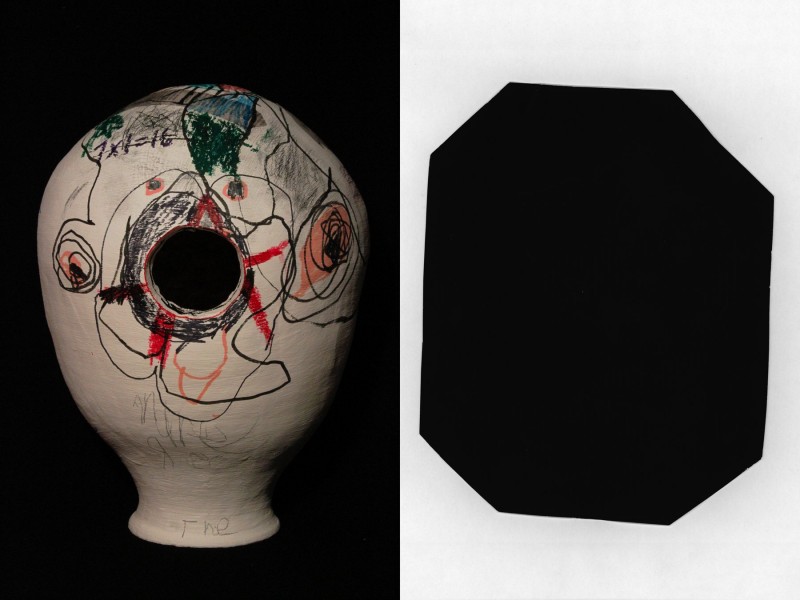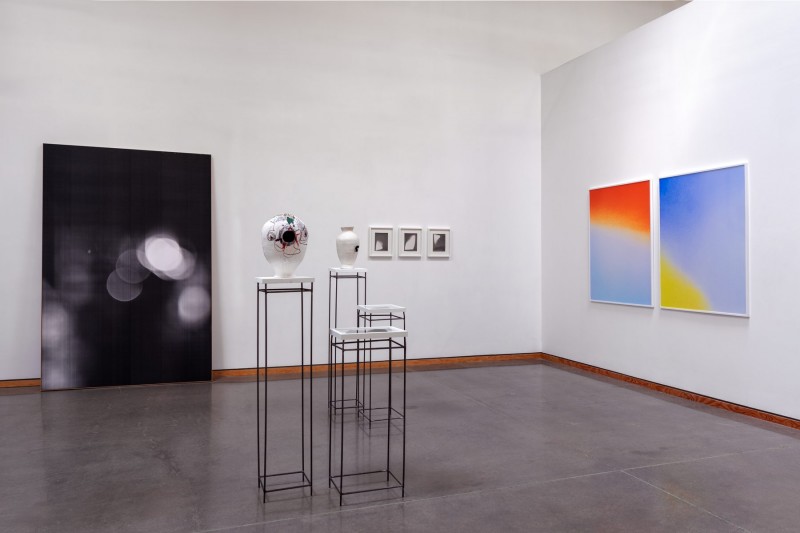Installation view of Let There Be Light at Angell Gallery, 2018
Interview with Bill Clarke, Associate Director of Angell Gallery (B.C) by Emese Krunák-Hajagos (E.K-H)
E.K-H: Light is always mesmerizing. It is also the base of photography. When I visited Angell Gallery the exhibition curated by you, Let There Be Light, was being installed. How did you get the idea to organize this show?
B.C: There are a couple of reasons. First, I am really interested in artists’ processes, and analog work is very much about process. I also thought it would be interesting to do a show about the mechanics and techniques of photography because it seems that most Contact shows aren’t about that… they tend to be more documentary or topical in other ways. I also think that photo-based artists are turning to analog processes in response to the proliferation of digital images that we are bombarded with every day. They are returning the skill and knowledge of how photography works to the image-making process.
Isabel M. Martinez, Local Void #2 (Darkness is the Light That Has Not Yet Reached Us), 2016, Chromogenic print, framed, Edition 2 of 3, 40″ x 32″
E.K-H: There are many different artworks in the show depicting blinding white light, deep darkness and showing how light can be born out of it. How did you select the artists?
B.C: Selecting the artists was pretty simple. I’d known of all of these artists’ work for several years, and knew how they made their work, so I knew they’d go well together in a show with a focus in the analog. The only ‘new discovery’ in the show was Katarina Riopel, whose work I came across on Instagram. She was a last minute addition.
Liz Nielsen, Venn Sunset over Dark Forest, 2016, Analog chromogenic photogram on Fujiflex, unique, 12″ x 22″
E.K-H: We can see colored light as well, almost painting-like compositions, some of them just depicting a small detail in such a way that it becomes monumental. Please tell us more about those works.
B.C: That work is Katarina’s. The images start as digital photos on her iPhone. She downloads them, isolates interesting light elements she sees in them, and then creates a negative that she blows up and prints in the darkroom. So, her work and Sarah Sands Phillips’s video of stitched together light leaks from old 8 mm films kind of bookend the show. Katarina starts in digital and migrates to analog and Sarah starts with analog and migrates to digital. Through this migration, they emphasize the qualities and limitations of the source media (i.e., we see the graininess/pixelation of the low res digital image; we see the scratches and marks in the film.) They are example of how photo-based artist migrate between formats.
Katarina Riopel, Untitled IV, 2017, Archival inkjet print on lustre paper, unique, 50″ x 40″
Sarah Sands Phillips, Under Sun, 2016, 8 mm transferred to digital video; edition of 5; 9 mins, 42 sec
E.K-H: It seems that many different media are represented in the show; some pieces look like drawings made with fine pencils or charcoal – even though they are all photographs. Was this “multimedia” outlook intentional?
B.C: I wanted a variety and range in the look of the work, so that was intentional. It was a bit of luck, really, that I was able to get a piece by Alison Rossiter that sort of looks like graphite on paper and it is in a way similar to Jim Verburg’s photocopy piece. They do emphasize the meaning of the word photography: “drawing with light.”
Alison Rossiter, Eastman Kodak Bromesko (London), expiration date unknown, circa 1940’s, 2010, 8.5 x 6.5 inches x 3, Triptych of unique silver gelatin prints, framed
Jim Verburg, Untitled, 2003, Archival inkjet print, framed, 29″ x 45″
E.K-H: Making the exhibition even more eclectic there are “sculptural” pieces in the centre of the space, actually ceramics, made into pin-hole cameras, surrounded by the images they made. Where did the idea to include them come from?
B.C: Pinhole cameras are probably the most familiar and oldest form of analog photography, so it made sense to include them. It’s also more exciting for gallery visitors to see interesting objects instead of just seeing everything on the walls. Also, these ceramic objects make the photographic process tangible.
Tim Roda, aNARCHY pOT (ceramic pin-hole camera), 2018, Clay, slip, crayon, marker, pencil, newspaper, Camera 14.5 x 11 x 11 inches; Silver gelatin photograph, unique 9.5 x 7.5 inches
E.K-H: In the late 1960s and early 1970s critics were arguing about photography. Should we consider photography an art form at all? Is it worthy of being called “art.” In this exhibition it seems that it envelopes all the other art forms and is still growing and surprising us. What do you think of the future of photography?
B.C: I think you answered your own question when you say that the photos in the exhibition seem to envelop all the other art forms (painting, drawing, sculpture). Yes, photography, especially in the hands of artists such as these, is most definitely an art form. Photography, whether it be analog or digital, will always be with us because we are visual beings. So, I don’t think it’s a question of whether photography will ever disappear… I think the bigger question around most photography today is whether it can be trusted to depict any sort of impartial view of reality anymore. We’ve always had ways of manipulating photographic images, but today it is so easy with things like Photoshop and, of course, photographs (whether they be art, personal or news photographs) can be readily circulated, appropriated, reworked and then recirculated online.
Installation view of Let There Be Light at Angell Gallery, 2018
Images are courtesy of Angell Gallery
*Exhibition information: Let There Be Light / Isabel M. Martinez, Liz Nielsen, Katarina Riopel, Tim Roda, Alison Rossiter, Sarah Sands Phillips, Jim Verburg, May 11 – June 16, 2018, Angell Gallery, 1444 Dupont St., Unit 15, Toronto. Gallery hours: Wed – Sat, 12 – 5 pm.
** Part of Scotiabank CONTACT Photography Festival

